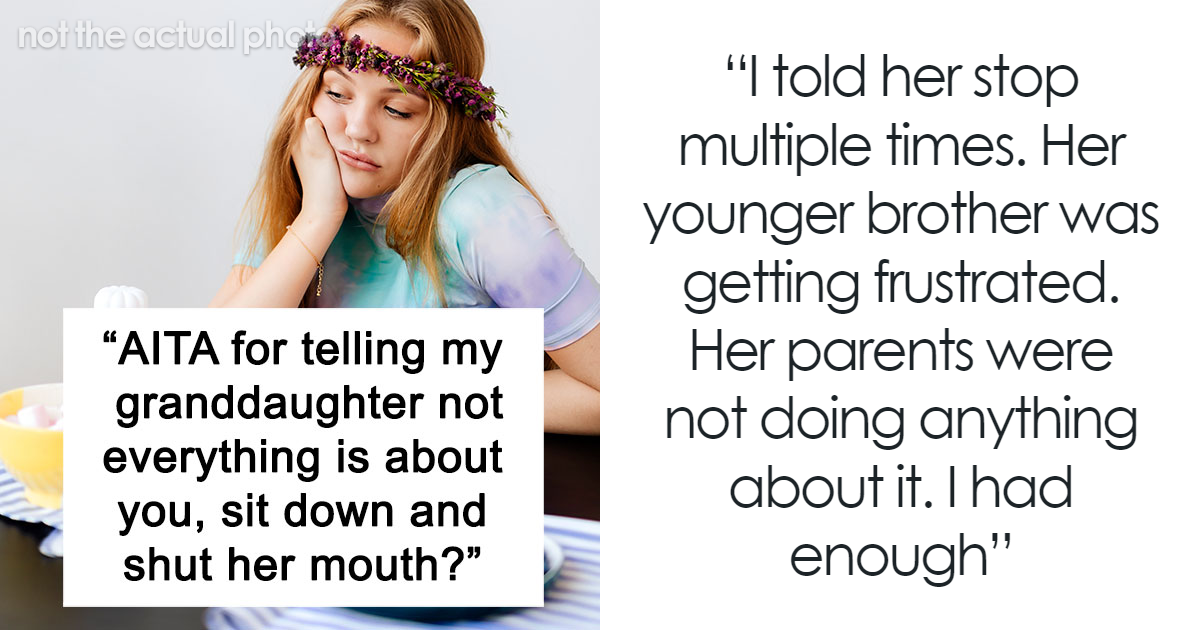Women interpret emojis differently to men, a new study suggests. Researchers selected 24 emojis—taken from Apple, Windows, Android, and WeChat platforms—and labeled them according to six emotional states: happy, disgusted, fearful, sad, surprised, and angry.
They found women were able to more accurately interpret happy, fearful, sad, and angry emoji labels compared to men.
Table of Contents
Meanwhile, the interpretation of surprised and disgusted emojis showed no gender differences and were understood equally by both men and women.
A new study suggests men and women interpret emojis differently
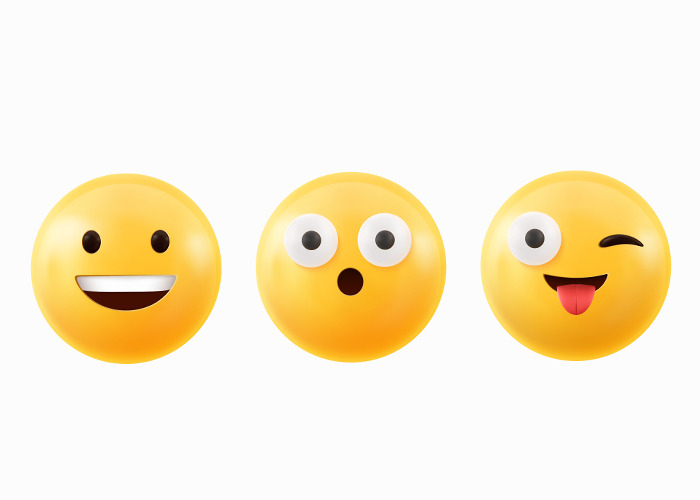
To conduct their study, researchers recruited 270 people from the UK and 253 from China. The age range captured by researchers was considerate, as respondents were aged between 18 to 84 years old.
“It is important to note that the results reflect how often participants labeled the emoji in the same way as the researchers,” Dr. Ruth Filik, associate professor in the School of Psychology at The University of Nottingham, explained.
“So, we should think of the results in terms of there being differences across people in how they interpret emojis, rather than some people being better at it than others.”
To conduct their study, researchers recruited 270 people from the UK and 253 from China
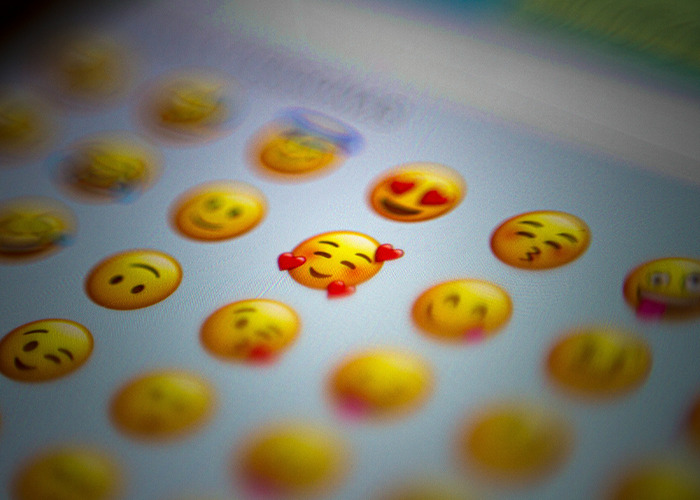
The age range captured by researchers was considerate, as respondents were aged between 18 to 84 years old
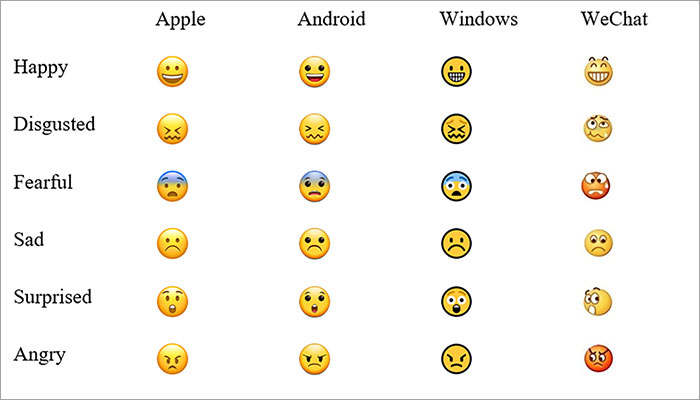
In addition to finding gender differences, scientists discovered more nuanced interpretations of the different digital pictograms.
“What I found most interesting and surprising is that there are so many individual differences in how people interpret these emojis.”
The team also found age to play a part in how the emojis were interpreted. Results show that younger respondents were better able to match the emoji to the assigned label compared to their older counterparts.
Researchers found women were able to more accurately interpret happy, fearful, sad, and angry emoji labels compared to men
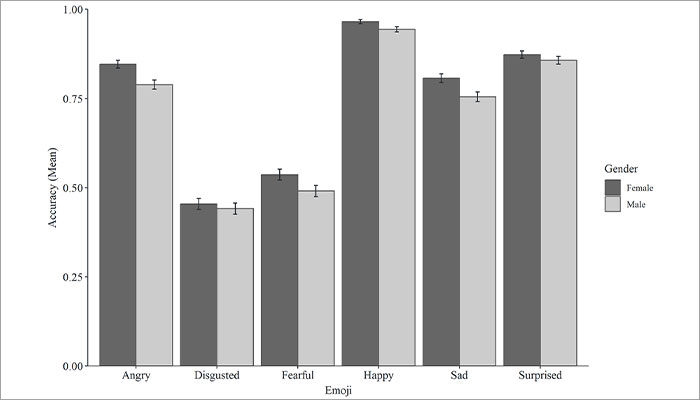
Meanwhile, the interpretation of surprised and disgusted emojis showed no gender differences
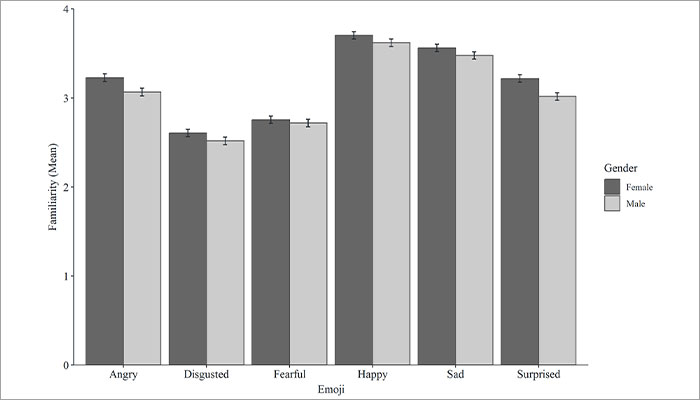
Surveyed individuals from the UK were better at labeling the emojis in the same way as the researchers compared to Chinese respondents, seemingly showing cultural differences between Western and Eastern use of emojis.
“For example, if Chinese participants use a smiling emoji to indicate they are being sarcastic, then they may be less likely to label it as ‘happy’ than UK participants,” Dr. Filik added.
“We should keep these differences in mind when using emojis in our messages.”
“We should think of the results in terms of there being differences across people in how they interpret emojis, rather than some people being better at it than others”
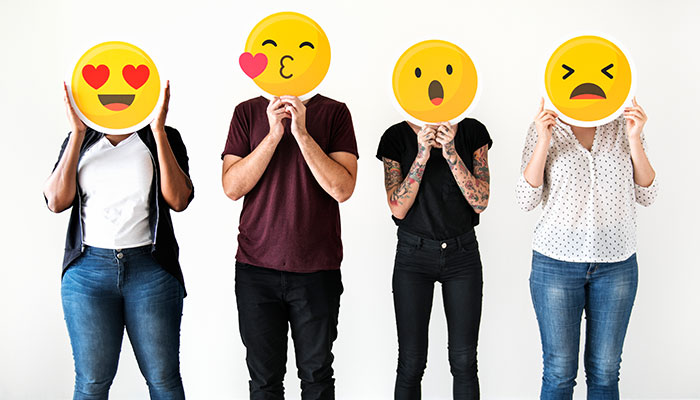
The main takeaway from this study of a key element of our social media behavior is to pay careful attention to which emojis we use. As the researchers explained, emojis can add ambiguity to a conversation and may convey a different meaning from the one the sender initially had in mind.
This vagueness in the meaning of some emojis needs further research, which will prove especially important “when communicating across gender, age, or cultures,” scientists say.
“Emojis are confusing sometimes,” someone agreed







